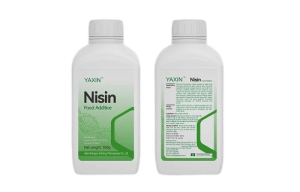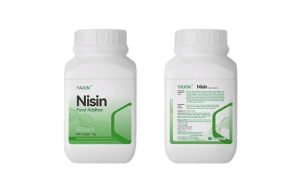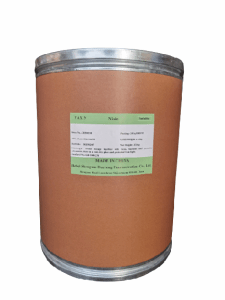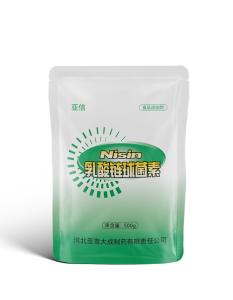
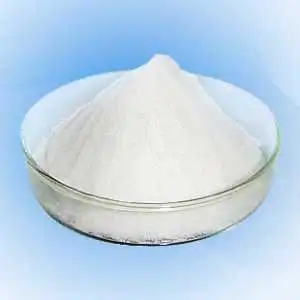
|
- Brand:shengxue
- Createtime: 2023-02-24
- Updatetime: 2024-10-18
The mechanism of action of nisin primarily involves interfering with the normal function of the cell membrane to achieve its antimicrobial or bactericidal effects. Specifically, its mechanism includes the following aspects:
·Disruption of the cell membrane: Nisin can interact with the cytoplasmic membrane, leading to an increase in membrane permeability. This disruption causes the rapid leakage of critical intracellular substances, such as ATP (adenosine triphosphate) and other ions, accompanied by a complete loss of membrane potential. If the damage to the cytoplasmic membrane is severe, the cell may even undergo complete lysis.
·Impact on cellular metabolism: Due to membrane disruption, the cell's metabolic activities are severely affected. The loss of nutrients and the decrease in membrane potential prevent the cell from maintaining its normal physiological functions, ultimately leading to cell death.
·Inhibition of spore germination: For spore-forming bacteria, nisin’s mode of action is somewhat different. Research shows that spores are more sensitive to nisin than the vegetative cells that produce them. Nisin can inhibit spore germination after spores become dormant but before they expand and grow, which is particularly important in the preservation of heat-processed foods like processed cheese.
Additionally, nisin's antimicrobial effect is concentration-dependent, meaning its efficacy is related to the concentration of nisin itself as well as the concentration of the sensitive bacterial cells or spores. The physiological state of the target microorganisms also influences its effectiveness, with cells in the vegetative state being more easily killed than those in the stationary state.
By disrupting cell membranes, impacting cellular metabolism, and inhibiting spore germination, Nisin exerts its antimicrobial effects. This makes it a highly efficient, non-toxic, and safe natural preservative, with broad application prospects in food, pharmaceuticals, cosmetics, and other industries.
-
2023-03-13
How is Nisin produced?
Nisin is a naturally occurring antimicrobial peptide that is produced by certain strains of bacteria, particularly Lactococcus lactis. The process of nisin production involves the ...
MORE -
2023-03-14
How is ε-Polylysine hydrochloride produced?
ε-Polylysine hydrochloride, also known as ε-PL or Poly(ε-lysine), is a natural biopolymer composed of ε-lysine monomers. ε-PL is known for its antimicrobial properties and has...
MORE
- Tel:+8618231198596
- Whatsapp:18231198596
- Chat With Skype

